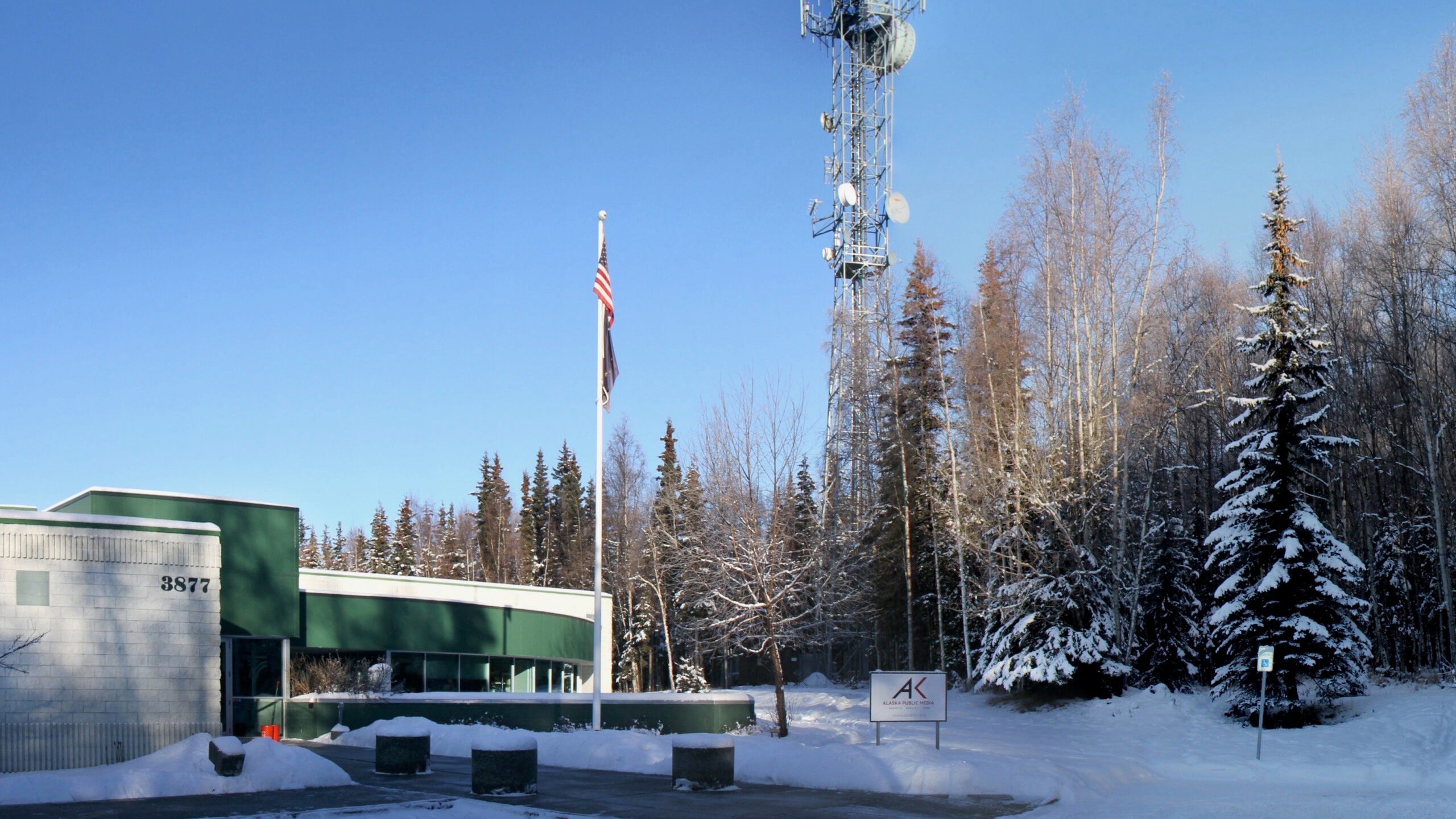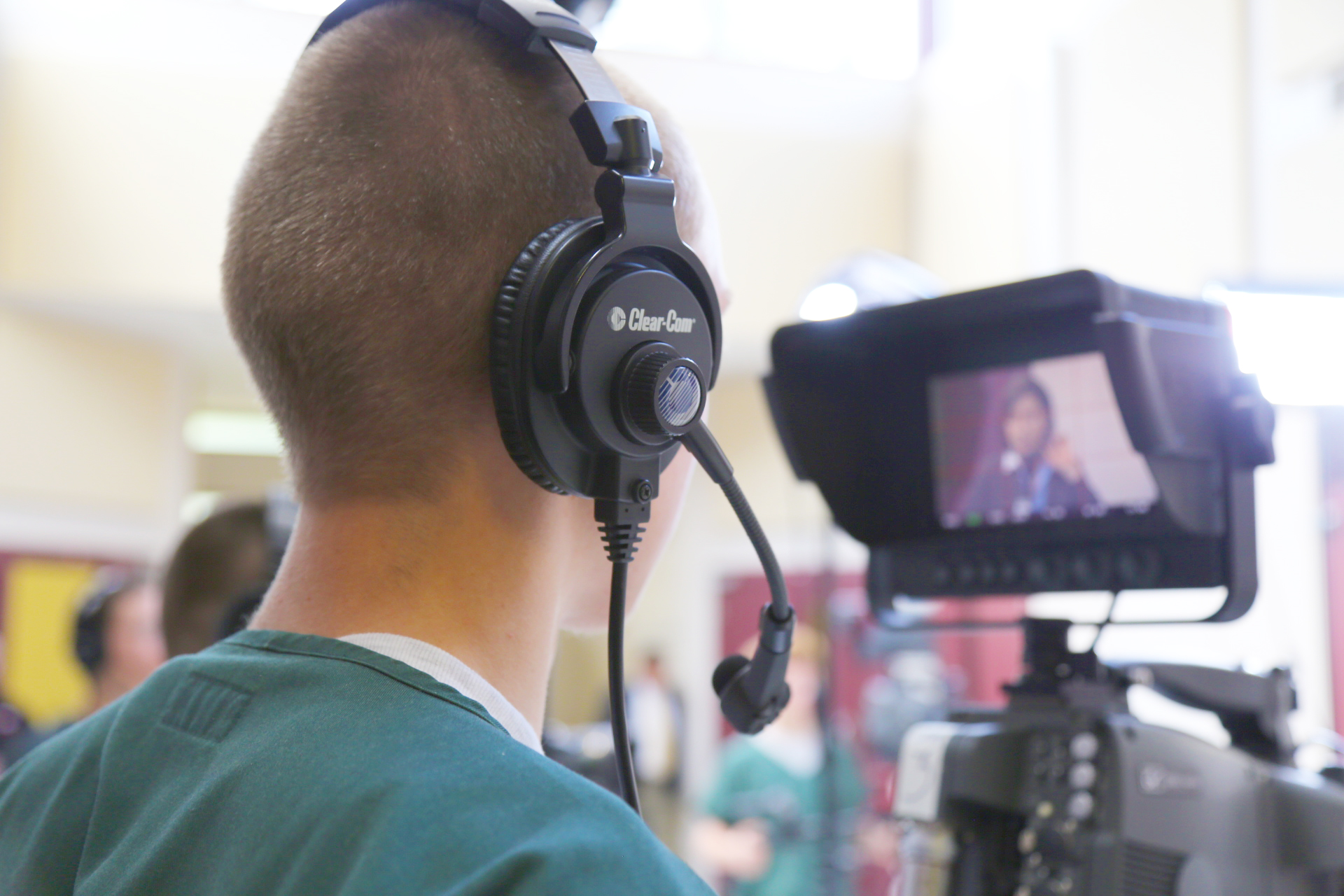To boost income, podcasters look to partnerships, native ads and listeners

Press coverage has helped Milne-Tyte build a following for her podcast about women in the workplace.
Roman Mars can be forgiven for using the term “underwriting” when he means “advertising,” as he did recently while discussing his design and architecture podcast 99% Invisible. Using the two terms interchangeably is natural for podcasting, a medium where the lines between commercial and noncommercial content are increasingly blurred.
“For someone who got into this to be a noncommercial broadcaster,” Mars joked, “I’ve become a surprisingly effective pitchman.”
Ads are largely keeping Mars’s Bay Area operation afloat. With more than a quarter-million downloads per weekly episode, 99% Invisible commands between $20 and $30 per thousand listeners, or CPM in advertising parlance. That works out to $5,500 per advertisement; with two or three ads booked per show, Mars’s 12- to 15-minute podcast is taking in $10,000–$15,000 per episode.
Few independent radio producers have developed as big of a hit podcast as Mars has with 99% Invisible, which has a staff of four full-time podcast producers and also airs on some pubradio stations. But thanks to Mars, others can now see a way to make a living as either independent podcasters or members of new podcasting ventures. They are creating business plans that are hybrids of unapologetically advertiser-based funding and direct listener support raised via crowdfunding, which in some cases is cultivated as monthly gifts.
Since starting his career as a public radio producer in 2001, Mars has turned into a crowdfunding dynamo. He raised more than a half-million dollars in two Kickstarter campaigns for 99% Invisible. Last fall he topped that with more than $600,000 raised for Radiotopia, the PRX-affiliated podcast network that launched with backing from the Knight Foundation.
Those who envy his Kickstarter paydirt should know that Mars says it’s a lot of hard work. Much like on-air campaigns of public radio stations, a good chunk of the money raised goes to fulfilling premium offers. Advertising, he’s found, is a much more reliable revenue source.
Mars doesn’t accept so-called “pre-roll” or “mid-roll” ads — advertisements that run at the beginning and in the middle of a program — even though they are the most lucrative ads to sell. Doing so, he said, would clash with his aesthetics as a producer.
“Clearly, the ethic is not pervasive throughout all of public radio,” Mars told Current. “If you listen to any NPR-based podcasts, they have pre-rolls and mid-rolls up the wazoo.”
Queasiness over native ads
Ad revenue may be opening up new opportunities for audio producers who are starting podcasts, but advertisers increasingly want podcast hosts to deliver the ads in a somewhat seamless way, a technique known as “native advertising.” The trend is making some producers uneasy. A recent thread on an Association of Independents in Radio email forum included posts questioning the ethics of podcast hosts who not only read ad copy but gush about products during their shows.
The thread was sparked by Curtis Fox, a New York–based pubradio vet who started producing podcasts in 2005. His clients have included the New Yorker and the Poetry Foundation. Fox warned that “with the model that’s emerging — host enthusiasm! —we may be painting ourselves into a very uncomfortable corner.”
And Jay Allison, the Massachusetts-based producer who refers to himself in his AIR bio as a “Public Radio Lifer,” said, “I’m utterly sympathetic to the public radio podcast hosts and entrepreneurs trying to negotiate this terrain, but I confess to feeling uncomfortable hearing them in this role, since I’m counting on them for something else. It messes with their identities.”

Press coverage has helped Milne-Tyte build a following for her podcast about women in the workplace.
The skittishness is likely to continue because advertisers have come to see host-read ads as more effective than pre-produced ads.
“Advertisers know that what the audience likes about the podcast is, in a big way, the host of the show,” said Mark McCrery, c.e.o. of the Washington, D.C.–based ad firm Podtrac. “So to hear what the host of a podcast thinks about their product or service makes a big impact.”
McCrery cites TWiT, a highly profitable tech-focused podcast network in Northern California, as an example of this phenomenon.
Started in 2005, before the launch of Twitter, the Petaluma, Calif.–based company is named for its flagship podcast, This Week in Tech, a roundtable discussion with tech journalists. Leo Laporte, a radio and cable TV vet with an encyclopedic knowledge of digital technology, is its founder; he hosts many of the network’s podcasts.
Laporte readily admits that the ads he reads on TWiT’s podcasts are “implied endorsements.”
Episodes of TWiT’s 20-plus podcasts are downloaded five million times a month. The network charges $80 CPM for ads, an extremely high rate compared to the $8–$16 rates charged by terrestrial commercial radio broadcasters. Annual ad revenues for TWiT podcasts top $6 million.
And yet there’s a noncommercial streak to the operation. When Laporte set out to build a new state-of-the-art video studio in 2011, listeners sent in $250,000 to help build the place. Contributors’ names were engraved on bricks in TWiT’s Brick House Studio.
Though TWiT’s listeners know that the podcast network is highly profitable, they collectively contribute about $10,000 in monthly donations, according to Laporte. This is done via a “Tip Leo” button on TWiT’s website that triggers one-time gifts or monthly contributions of $2, $5 or $10. At one point the “tip” system brought in $20,000 a month.
A similar system is being used by a small group of podcasters through the website Patreon.com to collect what in public media parlance would be called “sustainer gifts.”
Tom Merritt, a former TWiT host who started his own podcast, Daily Tech News Show, is one of them. His podcast has close to 5,000 “patrons” who pledge about $13,650 every month. About 10 percent of the contributions go to Patreon and credit card expenses, but on an annual basis Daily Tech News Show brings in more than $147,000. Sure sounds like a living wage.
Former CBC journalist Jesse Brown, another independent on Patreon, has more than 1,800 supporters who pledge nearly $9,230 a month to his Canadaland podcast. He launched the media criticism show in October 2013, and it’s often the top-rated Canadian-made podcast in Apple’s iTunes store. To recognize his supporters, Brown announces the names of listeners who pledge $4 or more per month on the podcast. Brown has vowed to launch another show when his monthly Patreon take reaches $10,000.
“If I had to choose any way of earning a living, this is ideal for what I’m doing,” Brown said. “My bosses — 1,800 of them — can decide on a month-by-month basis whether or not they want to keep me on the job or not. So I will make a living for as long as I’m serving a need. I think it’s as it should be.”
Brown, who is based in Toronto, sees Patreon as ideal for podcast producers in the Great White North, which doesn’t have the population density to bankroll as much advertising-supported media as the United States.
Ad metrics in play
Which gets to one of the big conundrums about business models for podcasting: Methodologies for evaluating listenership and determining ad values vary widely.
U.S. podcasters need 20,000–30,000 listeners to attract advertisers, according to McCrery. But Ashley Milne-Tyte, a Brit and former Marketplace reporter whose podcast about women in the workplace, The Broad Experience, has yet to surpass 10,000 downloads per episode, has sold ads to Financial Times, Foreign Affairs and others. (UPDATE, Feb. 4: Since this article was posted, Milne-Tyte has crossed the 10,000 mark.)
Milne-Tyte started the podcast in 2012 while enrolled in an entrepreneurial journalism program at the City University of New York, where she was required to launch a business.
“I loved making that first show, and something in me just said, ‘This is important. You need to keep doing this,’” she recalled.
And she did, producing new episodes every three to five weeks. But “for a good year, year-and-a-half, I felt like I was talking to myself,” she said.
Milne-Tyte describes her social media following as small, but somehow The Broad Experience developed a broader audience. Press coverage of the podcast, including mentions on NPR’s Planet Money and in the British newspaper The Guardian, helped to boost listenership.
“I’ve had some really great press, and I’m still not up near [the 25,000 figure],” said Milne-Tyte. “For most people who are independent, that’s a really large number to get to.”
To continue building her podcast audience this year, Milne-Tyte plans to continue speaking at tech companies and universities about women in the workplace. And she’s resolved to continue her radio freelancing.
“It’s very hard to say ‘no’ to work,” she concedes. “And I think it’s good [for the podcast] for me to be on the air.”
Her advice for fledgling podcasters is to pair with a brand “where you both want the same thing that the other one wants,” as she has been able to do with specialized publications like Financial Times. “That’s a way you can get sponsorship or partnership . . . when you don’t have those 25,000 downloads.”
Another word of advice from podcasting veterans: The notion that digital technology, with its ability to monitor every pageview and audio file download, provides a highly accurate gauge of listenership is dubious.
Public radio stations and networks are using different methodologies to count what constitutes a download or an on-demand listen, according to Thomas Hjelm, chief digital officer for New York Public Radio. Just because someone has downloaded a podcast episode doesn’t necessarily mean they have listened to it. And that “somebody,” he notes, may actually be a bot.
Podtrac’s McCrery cited research showing that just 15 percent of Americans have listened to or watched a podcast, but the reality is that nobody really knows exactly how many people are doing so, according to Pete Davies, a former BBC producer who now works as a product scientist at the blogging platform Medium.com.
In addition to the popular podcast delivery systems such as iTunes, Stitcher and SoundCloud, listeners can download or stream a podcast via mobile apps, desktop apps or the podcast’s own website, he wrote in a blog post on Medium. The likelihood that listeners download multiple copies of the same podcast, sometimes to more than one device, also confounds attempts to define listenership metrics.
Related stories from Current:









[…] serious continuing support coming in from the web site Patreon. He’s featured in a lengthy piece in Current newspaper. Merritt’s Patreon page […]
[…] Read Jon Kalish, http://www.current.org […]